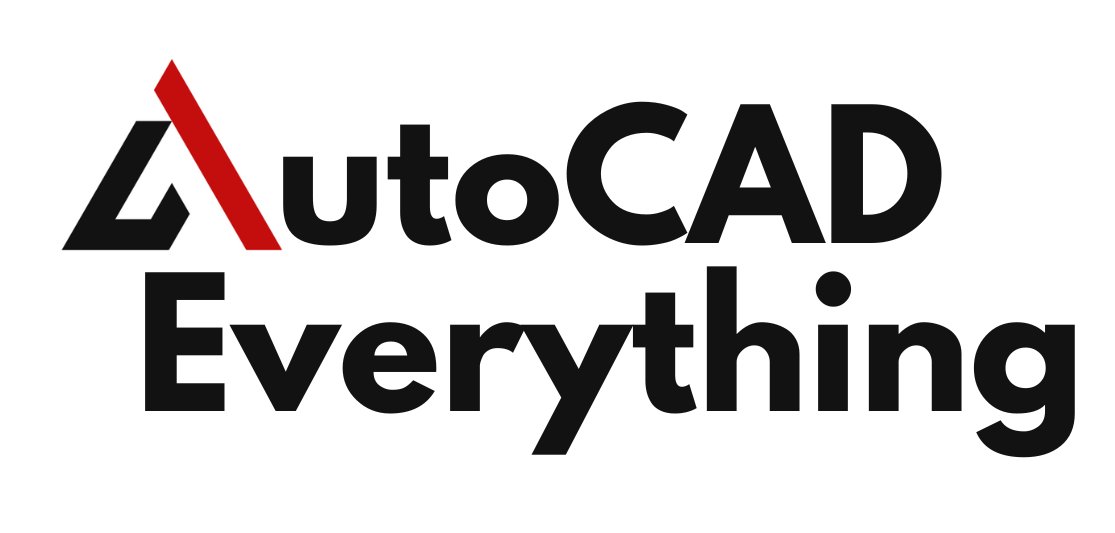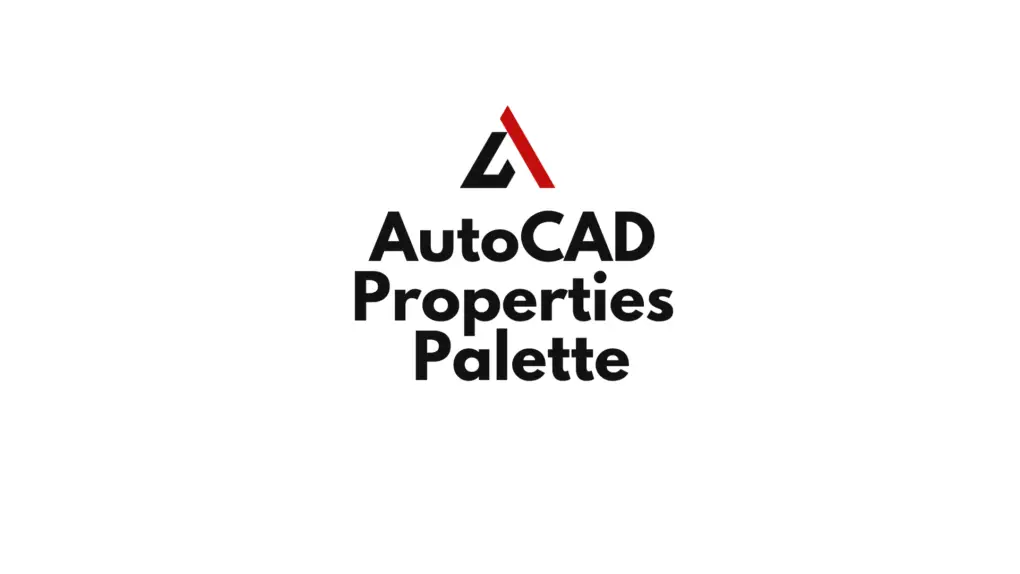Introduction
The Properties palette in AutoCAD is a powerful tool that provides detailed information about selected objects and allows users to modify a wide range of properties, such as color, layer, linetype, and geometry. Understanding how to effectively use this palette can significantly enhance your productivity and precision when working on design projects. This article offers a comprehensive guide on how to use the AutoCAD Properties palette to its full potential, enabling you to edit object properties with ease and accuracy.
Table of Contents
What is the AutoCAD Properties Palette?
The Properties palette is a floating panel in AutoCAD that displays the properties of selected objects. It is context-sensitive, meaning the information and options available in the palette change depending on the type of object selected. For example, selecting a line will show properties related to lines, such as length and angle, while selecting a text object will display text-specific properties like font and justification.
The Properties palette is essential for making quick adjustments to objects without having to navigate through multiple menus or use command-line inputs. It allows for real-time editing, where changes are immediately reflected in the drawing.
Accessing the Properties Palette
There are several ways to access the Properties palette in AutoCAD:
- Using the Command Line: Type
PROPERTIESorPRin the Command Line and press Enter. - Ribbon Interface: Navigate to the Home tab on the Ribbon, find the “Properties” panel, and click on “Properties.”
- Right-Click Menu: Right-click on any selected object and choose “Properties” from the context menu.
- Keyboard Shortcut: Press
CTRL + 1to toggle the Properties palette on or off.

Once opened, the Properties palette can be docked to the side of the AutoCAD window, or it can float freely, allowing you to position it wherever it’s most convenient.
Understanding the Properties Palette Interface
The Properties palette is divided into several sections, each grouping related properties for easier access. These sections may include:
- General: Basic properties such as layer, color, linetype, and linetype scale.
- Geometry: Information about the object’s size, position, and orientation, such as length, radius, angle, and coordinates.
- Misc: Additional properties that vary depending on the object type, such as text style, block name, or hatch pattern.
- Plot Style: Settings that control how the object will appear when printed, including lineweight and plot style.
Each property can be adjusted by clicking on its value and entering a new one, selecting an option from a drop-down menu, or using a slider, depending on the property type.
Editing Object Properties with the Properties Palette
Changing Object Appearance
One of the most common uses of the Properties palette is to change the appearance of objects in a drawing. This includes modifying properties like:
- Color: Select the color property to assign a specific color to the object or choose “ByLayer” to inherit the color from the object’s layer.
- Linetype: Adjust the linetype property to change how the line appears (e.g., solid, dashed, dotted). You can choose from predefined linetypes or load custom ones.
- Lineweight: Modify the lineweight property to control the thickness of the line. This is particularly important for controlling how objects appear in printed output.
Adjusting Object Geometry
The Geometry section of the Properties palette allows you to edit the dimensions and position of objects with precision:
- Length/Width/Height: For objects like lines, rectangles, and 3D models, you can directly edit dimensions by entering new values.
- Coordinates: You can adjust the X, Y, and Z coordinates to move objects to a specific location in the drawing space.
- Rotation: The rotation property allows you to rotate an object by specifying an angle, which is useful for aligning objects accurately.
Working with Layers
Layers are a fundamental aspect of organizing a drawing, and the Properties palette makes it easy to manage layer assignments:
- Layer Assignment: Use the Layer property to move an object to a different layer by selecting the desired layer from the drop-down menu.
- Layer Overrides: The Properties palette allows you to override certain properties, like color or linetype, for specific objects without changing the layer settings. This is useful when you need to highlight or differentiate objects temporarily.
Editing Multiple Objects Simultaneously
The Properties palette can be used to edit multiple objects at once, even if they are of different types:
- Common Properties: When multiple objects are selected, the Properties palette will display only the properties they have in common. Changing a property here will apply the change to all selected objects.
- Multiple Selections: You can modify attributes such as layer, color, or linetype for a group of objects simultaneously, ensuring consistency across your drawing.
Advanced Uses of the Properties Palette
Using the Quick Select Tool
Quick Select is a powerful feature that allows you to select objects based on specific properties. It can be accessed directly from the Properties palette:
- Open Quick Select: Click the Quick Select icon at the top of the Properties palette.
- Set Criteria: Choose the type of object and the specific property you want to filter by (e.g., select all circles with a radius greater than 5 units).
- Apply Selection: Once you’ve set your criteria, AutoCAD will automatically select all objects that match, allowing you to make batch changes in the Properties palette.
Editing Dynamic Blocks
Dynamic Blocks are blocks with custom properties that can be adjusted without exploding them. The Properties palette is crucial for editing these properties:
- Visibility States: Use the Properties palette to change the visibility state of dynamic blocks, allowing you to show or hide certain components.
- Custom Parameters: Adjust custom parameters like stretch, rotate, or flip directly from the Properties palette, streamlining the process of working with complex blocks.
Annotative Objects
For annotative objects like text and dimensions, the Properties palette allows you to manage annotative scales:
- Annotative Scale: Set or adjust the annotative scale of objects, ensuring they display correctly across different viewports and at varying scales.
- Text and Dimension Overrides: Use the Properties palette to apply overrides to individual annotative objects, controlling appearance without affecting the global style settings.
Tips for Effective Use of the Properties Palette
- Pinning the Palette: If you frequently use the Properties palette, consider pinning it to a specific location in your workspace. This keeps it easily accessible and prevents it from accidentally closing.
- Quick Access: Assign a keyboard shortcut to quickly open the Properties palette if you toggle it on and off often.
- Customization: Although the Properties palette is not customizable in the same way as toolbars or the Ribbon, you can adjust its size and position to fit your workflow.
- Using Filtered Selection: When working with complex drawings, use the Properties palette in conjunction with the Filter tool to narrow down selections based on specific criteria, making it easier to manage large numbers of objects.
Suggested Read- Exploring AutoCAD Ribbon
Conclusion
The AutoCAD Properties palette is an indispensable tool for editing object properties quickly and accurately. By understanding its interface and the wide range of properties it controls, you can enhance your productivity, ensure precision in your designs, and maintain consistency throughout your projects. Whether you’re adjusting the appearance of individual objects or managing properties for entire groups, the Properties palette offers the flexibility and control needed for efficient drafting and design.
FAQs
- How do I access the Properties palette in AutoCAD?
You can access the Properties palette by typingPROPERTIESin the Command Line, pressingCTRL + 1, or selecting it from the Home tab on the Ribbon. - Can I edit multiple objects at once using the Properties palette?
Yes, when multiple objects are selected, the Properties palette displays the properties common to all selected objects, allowing you to edit them simultaneously. - What properties can be adjusted in the Properties palette?
You can adjust a wide range of properties, including color, linetype, layer assignment, dimensions, coordinates, and rotation, among others. - How do I change the layer of an object using the Properties palette?
Select the object, open the Properties palette, and choose the desired layer from the Layer drop-down menu. - Can I customize the Properties palette itself?
While the contents of the Properties palette are not customizable, you can adjust its size, docking position, and whether it is pinned or floating.

